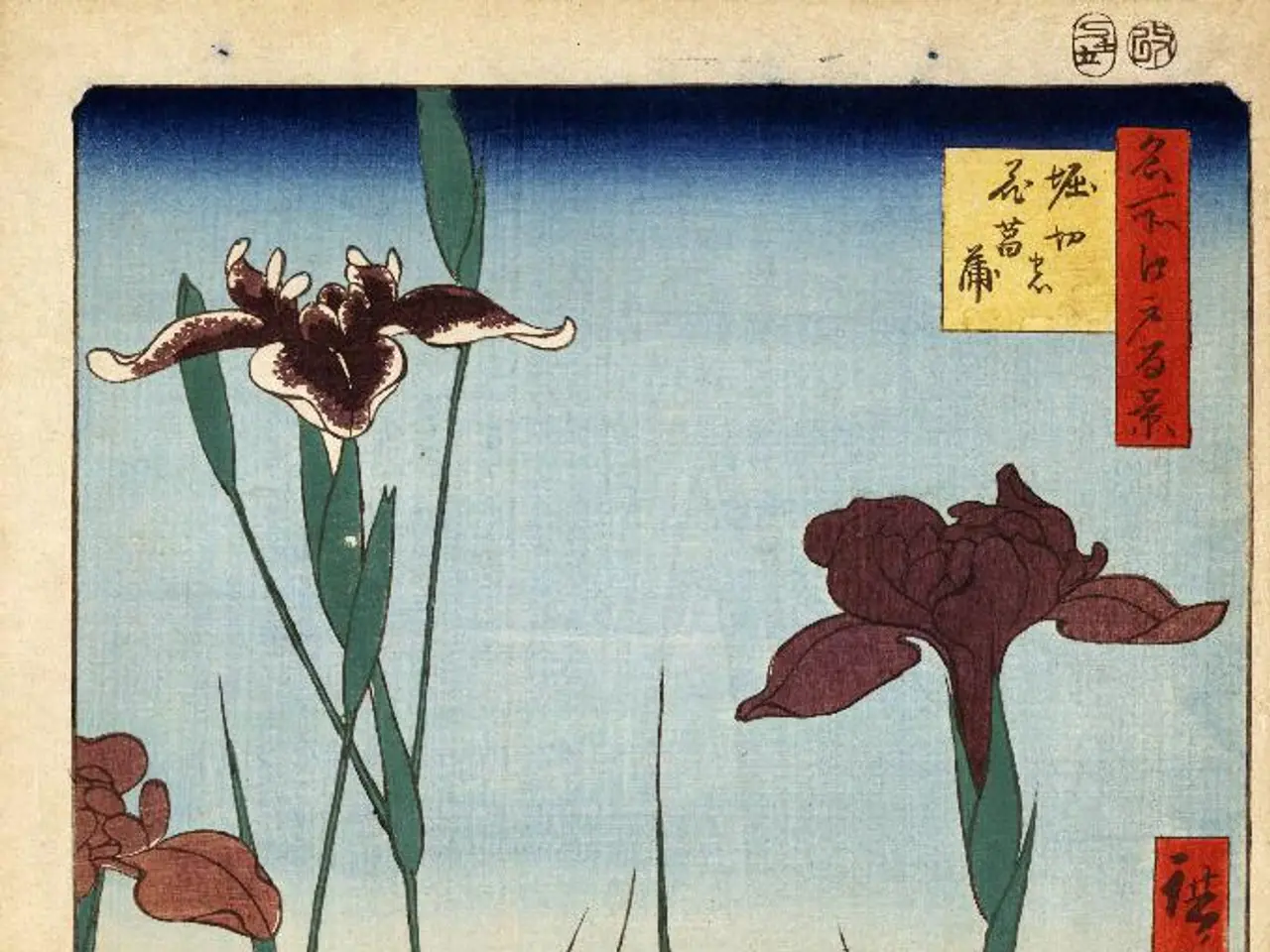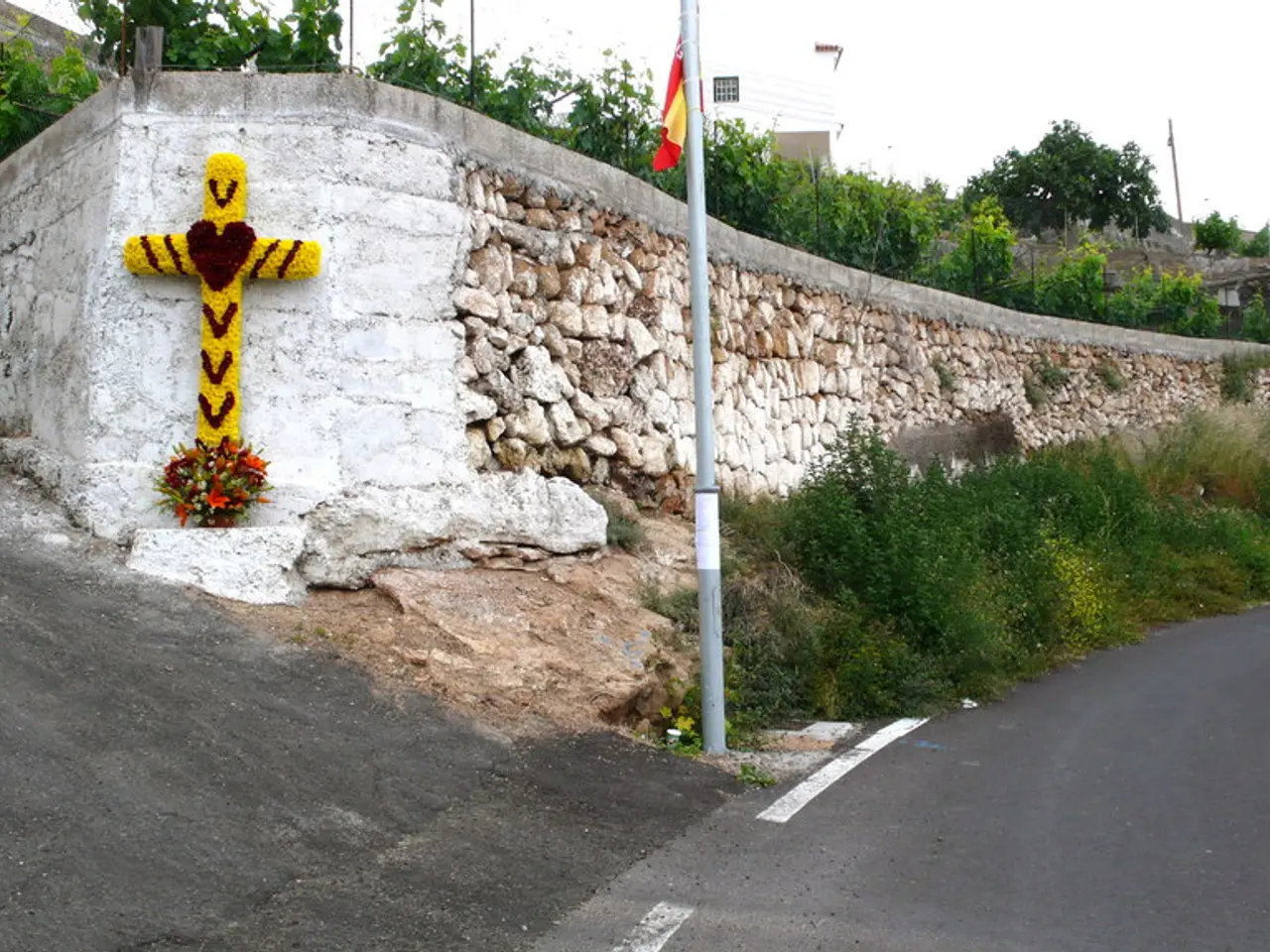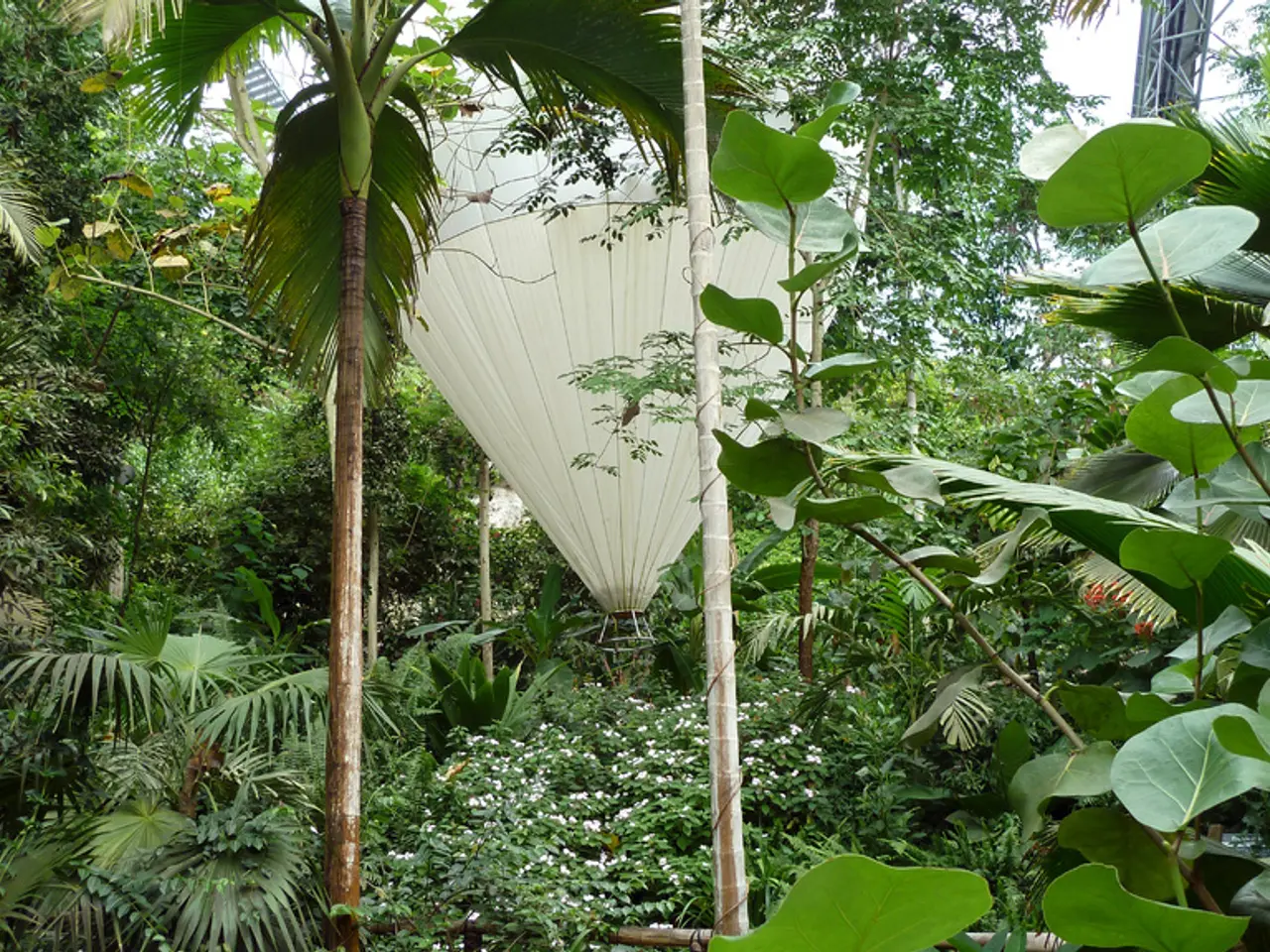Crafting a Mason Jar Terrarium: A Detailed Guide (Step-by-Step Breakdown)
Jar Terrarium DIY: A Closed Terrarium Craze Anyone Can Join
Welcome, fellow green thumbs! Today, we're tackling a stylish horticultural sensation that's perfect for your home: the mason jar terrarium. No green thumb? No worries! This guide will walk you through building a jaw-dropping terrarium in a jar with just a smattering of tropical plants and moss. Let's embark on this delightful adventure!
What You'll Need:1. Container: Grab a mason jar of your preference, or opt for an old glass jar with a lid. Any jar that's clear and has a wide enough opening will suffice.2. Substrate/Soil: You'll be planting tropical plants, so make sure your soil mixture boasts superb water retention and excellent drainage. Our recommended custom tropical terrarium substrate blend (containing coco coir, earthworm castings, orchid bark, horticultural charcoal, and pumice) will do the trick.3. Drainage Materials: A drainage layer (e.g., leca balls) keeps excess water from pooling in your container and can help prevent accidental overwatering.4. Tools: Tweezers or chopsticks are your new BFFs for handling delicate plants and maneuvering moss threads, but long scissors and a long-handled brush can also provide a helping hand.
Choosing Terrarium PlantsWith a small closed terrarium, you'll need to pick small tropical plants that grow slowly. Foliage plants like Fittonia, Aluminum Plants, or Bloodleaf, and tiny ferns, such as the Fluffy Ruffles Fern or mini Bolbitis fern, are perfect options. And don't forget lush mosses (Cushion Moss or Mood Moss) and epiphytes like String of Turtles, Pilea glauca, Ficus pumila, or Selaginella, to highlight your foliage plants.
How to Make Your Own Closed Jar Terrarium1. Prep Your Materials: Just like baking a cake, have all your materials washed and ready to go.2. Layer Drainage: Fill the base of your container with leak-proof drainage material. Leca balls work wonders for capturing excess water and storing it for later use by your plants.3. Add Substrate: Fill your container with enough substrate to accommodate your biggest plant's root ball.4. Plant Your Feature Plant: Position your largest plant in the prime spot, then add accent plants around it. Remember to avoid having leaves touch the damp glass interior for best results.5. Cover with Moss: Refrain from leaving any fiberous elements on display by trimming underneath each moss piece.6. Add Epiphytes: Place your plant highlights wherever you please. They'll root up in no time!7. Finishing Touches: Decorative elements such as small figurines or stones can add an artistic touch to your jar terrarium.
Mason Jar Terrarium CarePlace your newborn terrarium in a spot with bright, indirect sunlight. Keep the substrate lightly moist by misting it—no overwatering, please! Maintaining your jar's microenvironment will keep your lush oasis thriving.
And voilà! Your beautiful mason jar terrarium awaits admiration. Let us know how yours turns out, and get ready to embark on your next terrarium project!
These mason jar terrariums, perfect to match your home-and-garden lifestyle, can house a variety of small tropical plants such as Fittonia, Aluminum Plants, Bloodleaf, Fluffy Ruffles Fern, mini Bolbitis fern, Cushion Moss, Mood Moss, String of Turtles, Pilea glauca, Ficus pumila, or Selaginella. With a little gardening, you'll be able to create a closed jar terrarium that's a stylish addition to your home décor.







